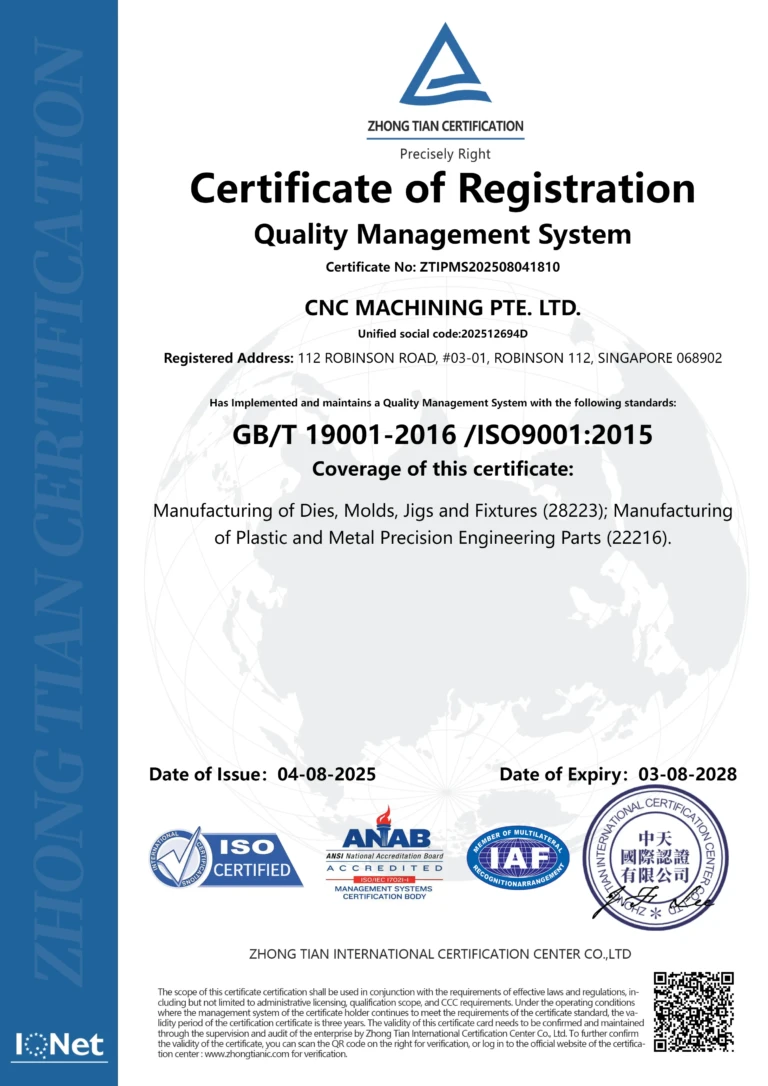The Evolution of Thread Milling: A Game-Changer in CNC Machining
The thread milling process, a cutting-edge technology in CNC machine tools, has gained significant popularity in recent years, revolutionizing the way we treat threads. From its inception in Europe and the United States to its gradual acceptance in China, thread milling has emerged as a preferred method for machining threads. In this article, we’ll delve into the advantages of thread milling, its applications, and the benefits it offers to industries, as well as the advancements in technology and tooling that have made it an essential component of modern manufacturing.
Advantages of Thread Milling
Thread milling offers several benefits, including increased speed, improved surface finish, and extended tool life. The process involves milling a thread using a CNC machine’s three-axis link function with spiral interpolation instructions G02 or G03. This enables the tool to maintain a high level of precision and accuracy, resulting in a longer tool life and reduced downtime.
One of the most significant advantages of thread milling is its ability to treat high-speed steel and high-temperature alloy materials. These materials, used in a variety of industries, including aerospace and power generation, can be challenging to machine. Thread milling, however, allows for the creation of high-quality threads with a reduced risk of breaking or seizing.
Applications of Thread Milling
Thread milling is not limited to a specific industry or application. Its versatility has made it an essential component of various manufacturing processes, including:
- Aerospace: Thread milling is used to create high-quality threads for aerospace components, such as aircraft and spacecraft.
- Power generation: The process is employed in the production of power generation equipment, such as generators and turbines.
- Metallurgical equipment: Thread milling is used in the manufacturing of metallurgical equipment, such as furnaces and reactors.
- Pumps and valves: The process is used to create high-quality threads for pumps and valves used in various industries, including oil and gas, chemical processing, and power generation.
Advancements in Technology and Tooling
The development of thread milling has been made possible through advancements in CNC machine tools and tooling. The introduction of carbide cutting tools, designed to withstand high temperatures and stresses, has enabled the creation of high-quality threads. The development of software systems, such as TM Gen, has also simplified the process of selecting the right tool and preparing CNC programs for thread milling.
Case Study: Aviation Industry
A recent case study highlights the effectiveness of thread milling in the aviation industry. A leading aircraft manufacturer required a solution for creating high-quality threads in small diameter holes. The company chose a thread milling solution with a linear speed of 25 m/min, a rotational speed of 4900 r/min, and a feed per revolution of 0.05 mm/r. The result was a processing time of just 4 seconds per thread, demonstrating the efficiency and precision of the thread milling process.
Conclusion
Thread milling has revolutionized the way we treat threads, offering increased speed, improved surface finish, and extended tool life. Its applications are diverse, ranging from aerospace and power generation to metallurgical equipment and pumps and valves. As technology continues to evolve, we can expect to see even more advancements in thread milling, further solidifying its position as a game-changer in CNC machining. By adopting thread milling solutions, manufacturers can reduce costs, improve efficiency, and solve the challenges associated with thread production.


















